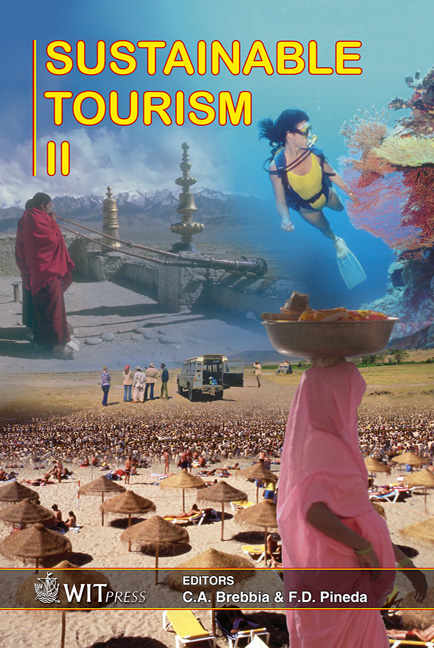Costanera Sur: Gateway To The Osa – A Scenic Conservation And Development Corridor In Costa Rica
Price
Free (open access)
Transaction
Volume
97
Pages
10
Published
2006
Size
782 kb
Paper DOI
10.2495/ST060261
Copyright
WIT Press
Author(s)
T. Gurucharri & T. Ankersen
Abstract
The concept of scenic landscape protection represents a relatively new approach to conservation and economic development in developing countries. An interdisciplinary and interinstitutional team of professionals in landscape architecture, architecture and environmental law from the University of Florida, University of Costa Rica and the Universidad de Diseño examined the feasibility of a scenic corridor along the economically depressed but ecologically rich southern Pacific Coast of Costa Rica. The Costanera Sur is a 50 kilometer paved highway that offers stunning ocean and mountain views as well as access to Costa Rica’s remote Osa peninsula, the largest remaining tropical wilderness on the Pacific Coast of Central America. The effort gained a sense of urgency due to increasing development pressure and the imminent rerouting of the Pan-American Highway, the major transportation corridor linking North and South America. In addition, access to the beaches for ordinary Costa Ricans has become an increasing concern as foreign investment in exclusive tourism and real estate infrastructure threatens to close off traditional swimming, surfing, picnic and camping areas. The primary goal of the study was to develop a replicable model for neotropical conservation and development that uses an existing road corridor as the organizing principle for the protection of ecological, cultural, recreational and scenic resources in a developing country where tourism represents the largest source of foreign exchange. Keywords: scenic corridors, scenic conservation, scenic landscape protection, nature based tourism, sustainable development, resource protection, public recreational access and integrated planning.
Keywords
scenic corridors, scenic conservation, scenic landscape protection, nature based tourism, sustainable development, resource protection, public recreational access and integrated planning.





